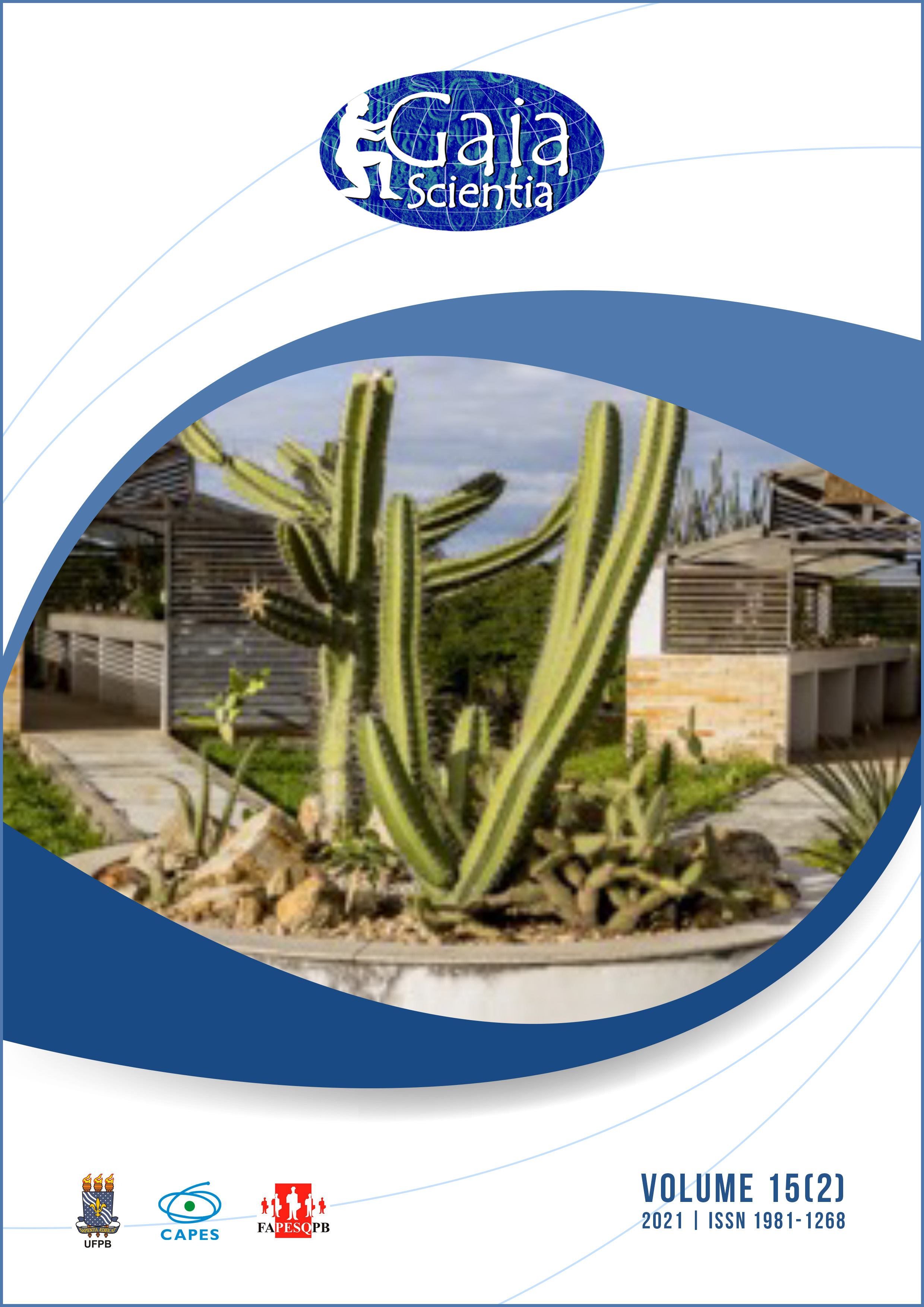Effect of sieve mesh selection on the structure of the Polychaeta community in tropical estuaries: implications for biomonitoring
DOI:
https://doi.org/10.22478/ufpb.1981-1268.2021v15n2.56327Abstract
The combination of 1 + 0.5 mm mesh size sieves is traditionally used to process samples of benthic macroinvertebrates, although the use of the 0.5 mm mesh requires a longer processing time. This study aimed to compare the efficiency of the 1 mm mesh and the combined 1 + 0.5 mm meshes in retaining information about the structure of the Polychaeta community in tropical estuaries. The Polychaeta were collected in the subtidal region at 12 sites, distributed across four zones along an estuarine gradient. No significant differences were found for density, biomass, taxonomic richness, and taxonomic diversity indexes between the 1 mm mesh and combined meshes, throughout the estuarine gradient and during the rainy and dry seasons. Thus, the inclusion of the 0.5 mm mesh data did not increase the statistical power in detecting significant differences in the structure of the Polychaeta community, compared to the use of 1mm mesh. However, the exclusive taxa 0.5 mm mesh provides important information for assessments based on taxonomic richness. We suggest that the 1 mm mesh size has the potential to be used in biomonitoring programs, as long as its selection is aligned with the objective of the study and bioindicator group.










